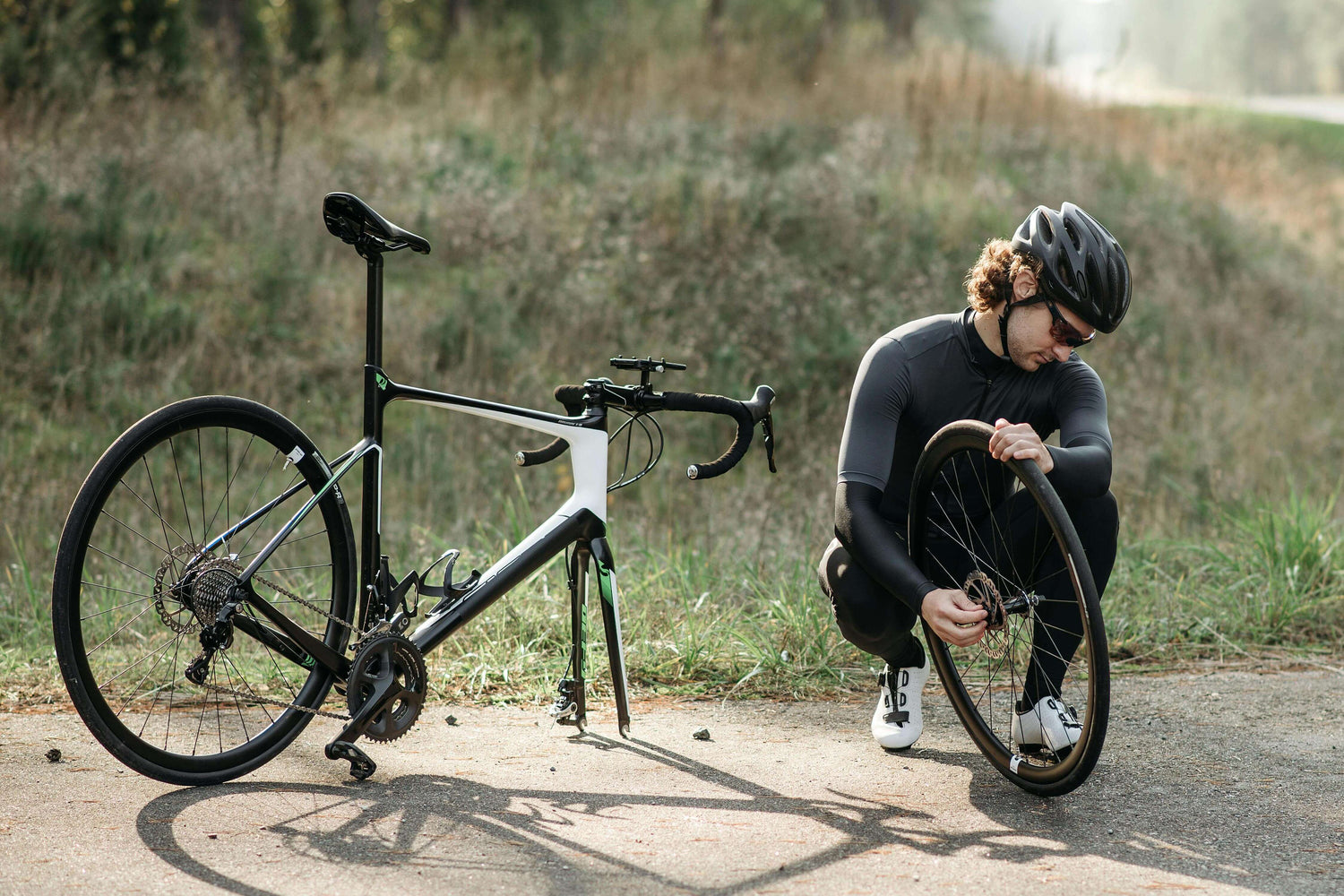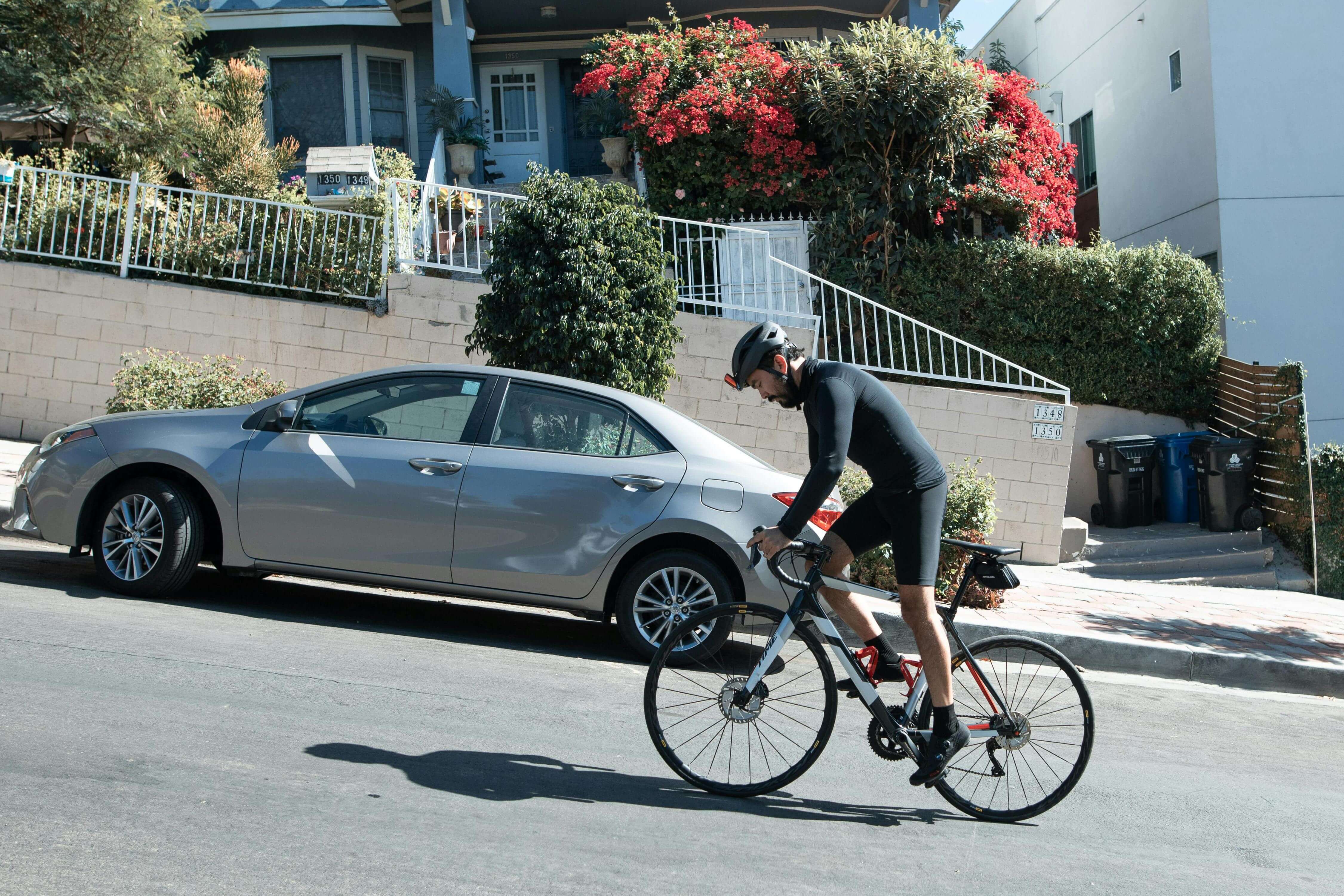As tubeless tire systems continue to gain popularity among road, gravel, and mountain bikers, many riders have experienced the frustration of unexpected air loss, commonly known as “burping.” While burping can occur in any condition, it’s particularly troublesome during cold-weather rides. This article explores what causes tubeless burping in cold environments and how to minimize or prevent it.
What Is Tubeless Burping?
 “Burping” refers to the sudden loss of air when the bead of a tubeless tire briefly separates from the rim under pressure, allowing air (and sometimes sealant) to escape. It’s often accompanied by a distinctive “pssst” sound and a softening tire.
“Burping” refers to the sudden loss of air when the bead of a tubeless tire briefly separates from the rim under pressure, allowing air (and sometimes sealant) to escape. It’s often accompanied by a distinctive “pssst” sound and a softening tire.
Why Cold Weather Makes It Worse
Cold temperatures exacerbate burping issues due to the following factors:
Lower Air Pressure
Cold air contracts, reducing the internal pressure of your tire. This makes the tire more prone to deforming under load, which increases the risk of bead separation—especially during aggressive cornering.
Stiffened Tire Materials
Many rubber compounds become less pliable in cold weather, preventing the tire from conforming well to the rim’s bead seat. This reduces sealing efficiency and makes it easier for the bead to dislodge.
Sealant Thickening or Freezing
In low temperatures, tubeless sealant can become thick and sluggish, or in some cases, partially freeze. This compromises its ability to quickly plug small gaps that might open during a burp.
Common Scenarios That Trigger Burping in the Cold
Aggressive cornering on low-pressure tires
Sharp impacts or potholes that compress the tire

Improper initial seating of the bead
Wide tires on narrow rims or incompatible rim/tire combinations
How to Prevent Cold Weather Burping
Check and Adjust Tire Pressure Before Every Ride
Use a reliable gauge and consider adding a few PSI to compensate for cold-induced pressure drop.
Use Compatible Rims and Tires
Ensure your tire and rim are both tubeless-ready and designed to work together. Pay close attention to the fit tolerance.
Choose the Right Sealant
Opt for a sealant rated for cold weather performance. Some brands offer winter-specific formulas that remain liquid at low temperatures.
Re-seat the Tire Bead
If you’re frequently burping, deflate the tire completely, lubricate the bead with sealant or soapy water, and reinflate with a compressor to fully seat the tire.
Go for Wider Rims if Using Wide Tires
A better rim-to-tire match reduces the chance of the sidewall flexing enough to cause burping.
Avoid Extremely Low Pressures in Winter
Riders looking for comfort or traction may be tempted to lower tire pressure, but be cautious in the cold. Slightly higher pressure is often a better trade-off for safety.
When to Consider Switching to Tubes
 If burping remains persistent despite preventive steps, and you ride often in freezing temperatures, it might be wise to temporarily switch back to standard inner tubes for winter. While not as efficient or supple, tubes offer predictability and reduce winter maintenance issues.
If burping remains persistent despite preventive steps, and you ride often in freezing temperatures, it might be wise to temporarily switch back to standard inner tubes for winter. While not as efficient or supple, tubes offer predictability and reduce winter maintenance issues.
Conclusion
Burping is an annoying and potentially dangerous issue, especially when it catches you off guard in cold weather. But with the right setup, regular maintenance, and a few cold-weather-specific adjustments, you can enjoy the benefits of tubeless performance year-round. Staying vigilant with your equipment ensures safer, more reliable rides—no matter how low the temperature drops.








Leave a comment
All comments are moderated before being published.
This site is protected by hCaptcha and the hCaptcha Privacy Policy and Terms of Service apply.